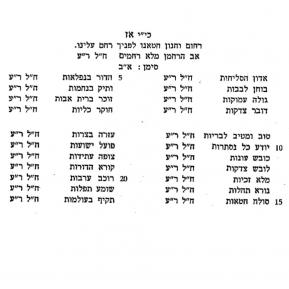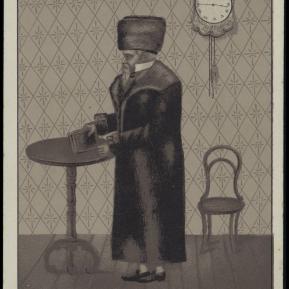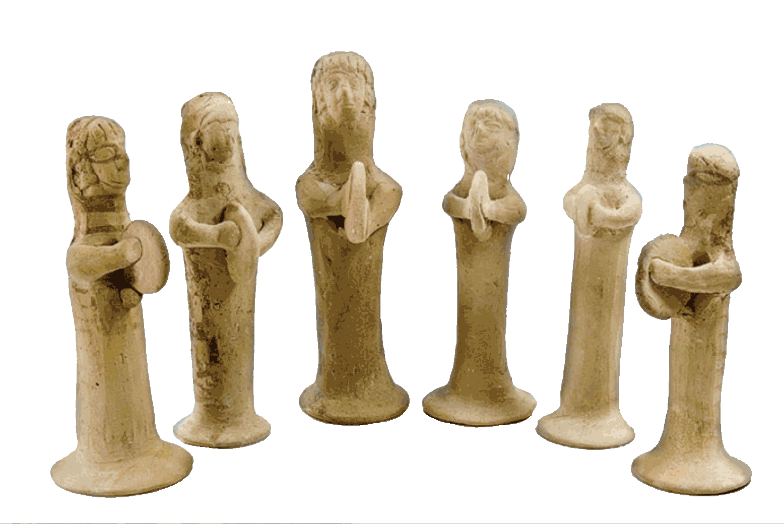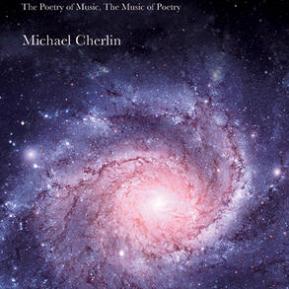Articles

סיור סליחות מבוזר: תיווכו של הפיוט "אדון הסליחות" מבתי הכנסת הספרדיים אל המוזיקה הפופולרית בישראל
A decentralized tour of repentance rituals: The journey of the piyyut ‘Adon ha-selihot’ from Sephardic synagogues to popular musi in Israel
This article investigates the journey of the piyyut "Adon Haselihot", tracing its evolution from a liturgical hymn sung in Sephardic and Oriental Jewish synagogues to its widespread adoption in Israeli popular culture from the mid-20th century onward. Despite its origins in religious practice, "Adon Haselihot" has transcended its traditional setting to become featured on public stages, both live and digitally distributed. The study focuses on the individuals who facilitated this transition, examining their motivations and strategies.
Methodologically, this research draws on primary sources including personal accounts and writings of the mediators of "Adon Haselihot", employing an autoethnographic approach. This methodology is crucial for understanding how cultural intermediaries navigated identities within a cultural landscape influenced by Sephardic and Mizrahi Jewish traditions, Western norms, and Zionist cultural hegemony.
The findings indicate that mediators of 'Adon Haselihot,' primarily from the Old Yishuv and their descendants, strategically embraced positive stereotypes attributed to Sephardic communities by early Ashkenazi Zionists. This promotion of 'Adon Haselihot' asserted the cultural legitimacy of Sephardic traditions within the broader Zionist narrative.
Ultimately, this study underscores the enduring significance of "Adon Haselihot" and its mediators in reshaping Israeli musical landscapes, paving the way for what has been termed the Piyyut Revolution. It highlights the complex dynamics of cultural representation and identity negotiation, offering insights into the ongoing evolution of Sephardic and Mizrahi cultural contributions within the broader Israeli cultural mosaic.
Articles

Tish-nigunim Ascribed to Yosl Tolner and the Aesthetics of the Genre
The tish-nigunim attributed to Yosl Tolner offer a glimpse into a genre without parallel in central-eastern Europe, as well as insight into the figure of a traditional Hasidic composer. A multiplicity of associations emerges as a defining typological feature, fundamentally shaping the aesthetics and semiotics of the tish-nigunim repertoire. Through an analysis of formal structures, rhythms, scales, motifs, melodic contours, and performance contexts, this study examines the interplay of male and female traditional creativity, perceptions of conservatism and innovation, notions of temporality, and attitudes toward local identities and transnational networks. An analysis of nigunim attributed to composers like Tolner reveals that, while acknowledging aesthetic norms shared with modern European repertoires, these composers saw their role in a distinctly premodern way: as uncovering the aesthetic potential of their musical tradition, rather than focusing on personal artistic self-expression.





